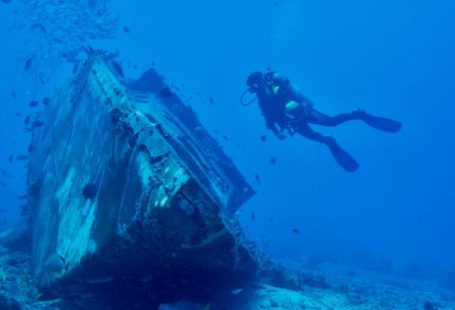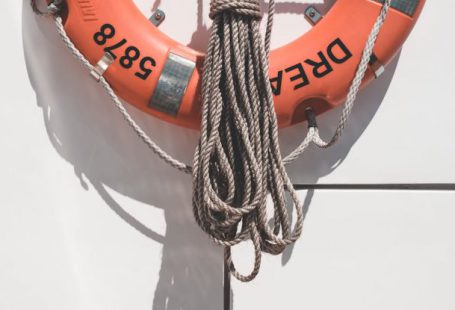When it comes to cold water diving, having the right wetsuit can make all the difference in your comfort and safety underwater. The choice of wetsuit is crucial as it not only keeps you warm but also allows for flexibility and ease of movement. With a wide range of options available in the market, selecting the best wetsuit for cold water diving can be overwhelming. To help you make an informed decision, let’s delve into the key factors to consider when choosing a wetsuit for cold water diving.
Understanding Wetsuit Thickness
One of the most critical factors to consider when selecting a wetsuit for cold water diving is the thickness of the material. Wetsuits are typically available in various thicknesses, ranging from 3mm to 7mm. The thickness of the wetsuit plays a significant role in determining how warm you will feel underwater. In colder water temperatures, a thicker wetsuit is essential to provide adequate insulation and keep your body temperature regulated. Conversely, in milder conditions, a thinner wetsuit may be more suitable.
Material Quality and Durability
The material quality of the wetsuit is another essential aspect to consider. Opt for wetsuits made from high-quality neoprene material, as it offers excellent insulation properties and durability. Cheaper wetsuits may use lower-grade neoprene, which can wear out quickly and compromise its ability to keep you warm. Investing in a well-made wetsuit may cost more initially, but it will prove to be a wise investment in the long run, providing you with comfort and protection on your cold water dives.
Seam Construction and Fit
The construction of seams in a wetsuit can significantly impact its comfort and performance. Flatlock seams are commonly found in wetsuits and are suitable for warmer water conditions. However, for cold water diving, consider wetsuits with sealed or blind-stitched seams. These types of seams prevent water from seeping into the wetsuit, keeping you warmer for longer periods underwater. Additionally, ensure that the wetsuit fits snugly to your body without being too tight or restrictive, as a proper fit is crucial for maintaining insulation and flexibility during dives.
Choosing the Right Style
Wetsuits for cold water diving come in various styles, including full suits, shorty suits, and two-piece suits. Full suits provide maximum coverage and insulation, making them ideal for colder water temperatures. Shorty suits, on the other hand, offer less coverage and are suitable for milder conditions or for added mobility during dives. Two-piece suits consist of separate tops and bottoms, allowing for customization based on water temperature and personal preference. Choose a wetsuit style that best suits your diving needs and comfort level in cold water environments.
Additional Features and Considerations
When selecting a wetsuit for cold water diving, consider additional features that can enhance your overall diving experience. Look for wetsuits with reinforced knee pads for added durability, as well as integrated hoods or thermal linings for extra warmth in chilly waters. Some wetsuits also come with zippered cuffs and ankles for easy donning and doffing, which can be convenient during dives. Take into account any specific preferences or requirements you may have, such as color choices or brand preferences, to ensure you select a wetsuit that meets all your needs.
In conclusion, choosing the best wetsuit for cold water diving requires careful consideration of various factors, including thickness, material quality, seam construction, fit, style, and additional features. By taking the time to evaluate these aspects and select a wetsuit that aligns with your diving preferences and comfort level, you can enjoy a safe and enjoyable diving experience in cold water environments. Invest in a high-quality wetsuit that offers the right balance of insulation, flexibility, and durability, and you’ll be well-equipped to explore the wonders of the underwater world even in the coldest of waters.





